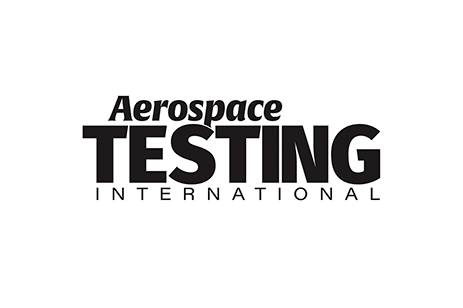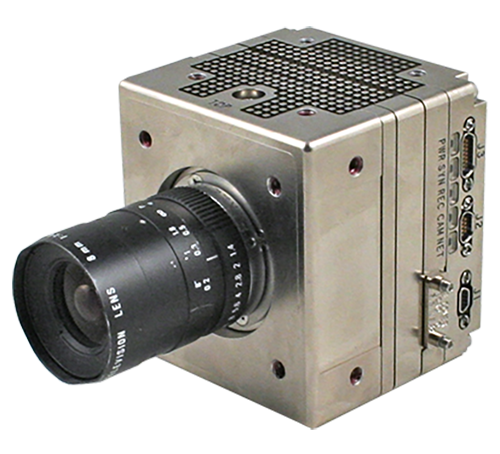
Published in Aerospace Testing International
In flight test instrumentation applications, high-speed cameras are essential for conducting photogrammetric studies to validate performance prediction models. Validation of store separation prediction techniques is required to complete flight test instrumentation (FTI) studies for airborne certification programs. The use of photogrammetric high-speed camera missions enables the validation of store separation prediction models by capturing 6DOF motion data.
The FTI engineer correlates the quantitative data from the separation testing with the actual flight test results to validate the models. This data is measured when the stores are within a defined volume of analysis while on the test vehicle. Typically, flight clearance authorities request measurement accuracy on the order of a few inches for proper correlation.

nHSC-36 S1-1 Network-based high-speed camera
Photogrammetric techniques involve obtaining measurements from individual digital images to analyze the precise position and orientation of objects in three-dimensional space during a test flight. In many cases, wind tunnel experiments will be performed in advance to generate the prediction model, which helps to minimize program risk. Typically, FTI requires a high-speed camera device capable of capturing moving images with exposure times for each image of less than 1/1,000 of a second or frame rates in excess of 200fps. After recording, these images can be played back in slow motion to examine the motion for a scientific study of transient phenomena.
An example of a high-speed camera designed for FTI is Curtiss-Wright’s recently introduced nHSC-36-S1-1 miniature camera. Designed to capture high-speed imagery and record data in the harsh environmental rugged conditions of aerospace test applications, this camera supports the high resolution (1280x1024 pixels) required for use in demanding airborne store separation testing and helicopter testing applications. The camera measures only 3.12in (8cm) wide by 3.42in (8.5cm) high by 2.87in (7cm) long and weighs only 3lb (1.4kg).
Read the full article here